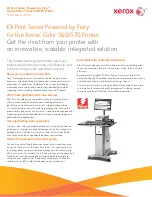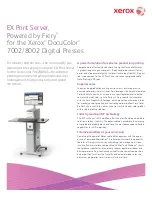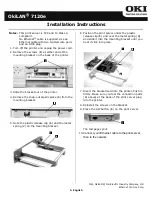
ENWW
TCP/IP Overview 87
IP Address: (Host Portion)
Host addresses numerically identify specific network interfaces on
an IP network. Usually a host has only one network interface; thus,
only one IP address. Because no two devices can share the same
number at the same time, administrators typically maintain
address tables to assure correct assignment of addresses in the
host network.
IP Address Structure and Class
An IP address is comprised of 32 bits of information and divided
into 4 sections containing 1 byte each section or 4 bytes total:
xxx.xxx.xxx.xxx
For efficiency in routing, networks were broken down into three
classes, so routing can begin simply by identifying the leading byte
of information in the IP address. The three IP addresses that
InterNIC assigns are class A, B, and C. The network class
determines what each of the four IP address sections identify as
shown in Table A.1:
Table A.1
IP Address Class Format
Class
First
Address
Byte
xxx.
Second
Address
Byte
xxx.
Third
Address
Byte
xxx.
Fourth
Address
Byte
xxx
A
Network.
Host.
Host.
Host
B
Network.
Network.
Host.
Host
C
Network.
Network.
Network.
Host
















































